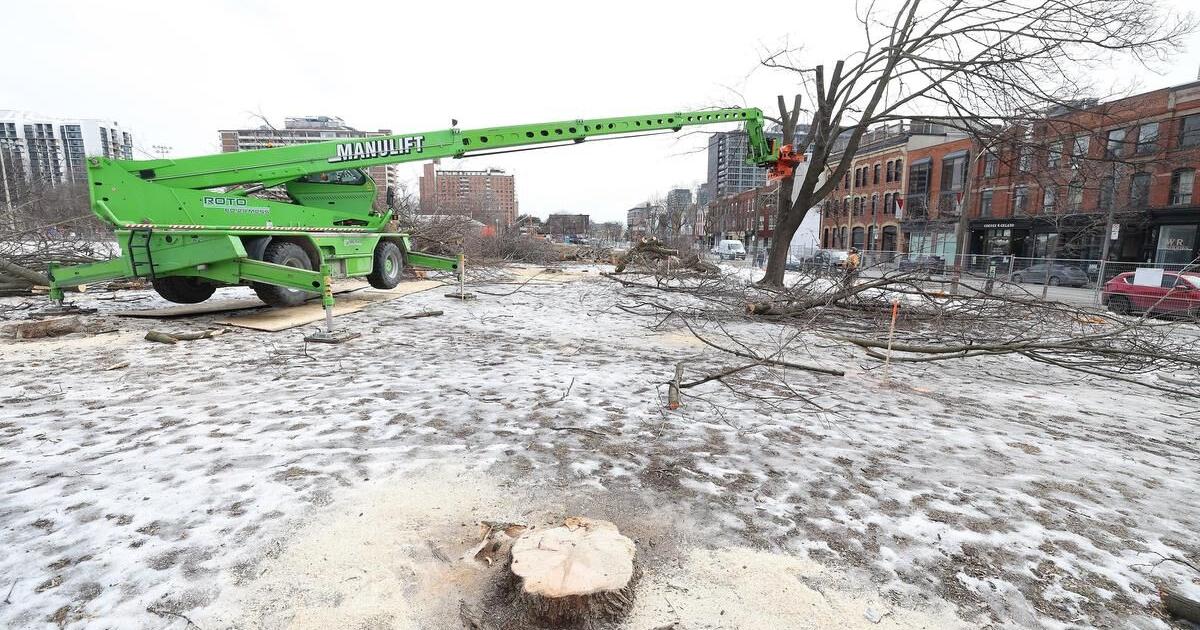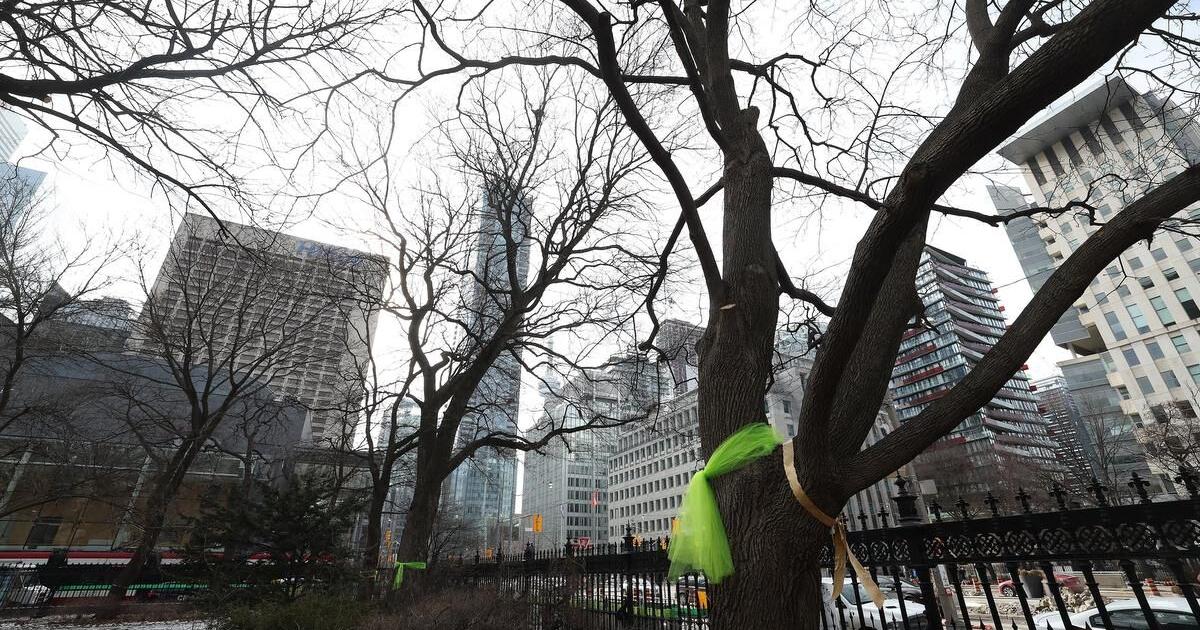As to whether a poor transfer impairs demand, it absolutely does and there is ample evidence for same.
In Toronto, one could note the light number of transfers at Spadina Station because of the long walk, added-time for the transfer; Now, that particular example is partially offset by St. George providing a comparable transfer one station over; however, this does not serve the Line 1 to 510 transfer market conveniently at all.
Moreover, as this would apply here to an O/L to Line 1 transfer or to simply boarding of Line 1 from new entrance (Simcoe), there is little question that there would be at least a marginal impact. I doubt that has been quantified, but it is known that the longer one takes to reach a convenient/desired point, the less the enthusiasm for said trip.
Again, its an entirely fair discussion to ask whether these issues can be remedied at reasonable cost, in both time and money; and the honest answer should be yes on time; as I have clearly asked and had answered the question of probable range of delays; money is simply an unknown at this juncture and would require further assessment/
This is a study which overviews impacts on modal share (transit vs car); and clearly illustrates that total trip time is among the key factors.
If an awkward transfer (or climb to the surface adds 1M or 2M more than would otherwise be necessary that can be a tipping point factor for many riders.
In order to give empirically based policy advice on public transport (PT) competitiveness, we have studied revealed mode choice for commuting trips. T…

www.sciencedirect.com
There are many additional on-point studies linked to in the above.



